LATEST INSIGHTS
Your Present Location: LATEST INSIGHTSWhat changes will carbon emission peaking action plan bring to China's energy structure?
By: Cui Zhenhai Source: chinanews Published: 2020-12-18
China News Agency, Beijing, December 18, China's carbon emissions peaking action plan has been put on the agenda.The 2020 Central Economic Work Conference will "do a good job in carbon peaking and carbon neutrality" as a key task for next year, and propose to formulate an action plan for carbon emissions peaking by 2030, and support places where conditions permit to reach the peak first.
The meeting also proposed to accelerate the adjustment and optimization of the industrial structure and energy structure, promote coal consumption to peak as soon as possible, vigorously develop new energy, accelerate the construction of a national energy rights and carbon emission rights trading market, and improve the dual control system of energy consumption.
We must continue to fight the battle against pollution and achieve the synergistic effect of reducing pollution and carbon.
It is necessary to carry out large-scale greening of the country to enhance the carbon sink capacity of the ecosystem.
“Xinda Peak’s goal and carbon neutrality vision indicate that China’s current and future periods, and even the middle of this century, have put forward higher requirements, and drew a grand blueprint for climate change, green and low-carbon development, and ecological civilization. Pointed out the direction and path." said Li Junfeng, executive director of the China Energy Research Association and researcher at the National Climate Change Strategy Research and International Cooperation Center.
What changes will the above-mentioned series of measures bring to China's energy structure?
Cui Zhenhai, a researcher at the Chongyang Institute of Finance of Renmin University of China, told a reporter from China News Agency that the core obstacle that directly affects carbon emissions reduction is coal-fired power emissions, which needs to be replaced by clean energy (solar, wind, and nuclear).
"China is currently the world's largest solar and wind energy manufacturer and user country. China has successively invested heavily in subsidies to support the rapid development of solar and wind energy green industries." Cui Zhenhai said that after more than ten years of rapid development, solar energy technology has become very mature and has been converted. After the electricity is connected to the grid, the price has become the same as that of coal power, which can completely replace coal power.
In Li Junfeng’s view, coal consumption is the first to peak, leaving room for the development of non-fossil energy (renewable energy plus nuclear power) or low-carbon energy (non-fossil energy plus natural gas); the industrial sector is the first to peak, especially for other industries. The increase in people’s living standards has left room for the increase in carbon dioxide emissions; the eastern region takes the lead to reach the peak, leaving room for emissions for the development of the central and western regions.
He Jiankun, Director of the Academic Committee of the Institute of Climate Change and Sustainable Development, Tsinghua University, gave suggestions from a more long-term perspective.
He pointed out that at the end of the 14th Five-Year Plan period, China's non-fossil energy will account for about 20%, total energy consumption must be controlled at 5.5 billion tons of standard coal, and total carbon dioxide emissions will be less than 15 billion tons.
In this context, He Jiankun said that in order to promote China’s achievement of the peak of carbon dioxide emissions during the “15th Five-Year Plan” period, the “14th Five-Year Plan” should focus on observing cities with relatively developed economies and leading transitions in the eastern coastal areas. It is the first to achieve the peak, and high energy-consuming industries, such as steel, cement, petrochemical, etc., must strive to achieve the peak of carbon dioxide during the "14th Five-Year Plan" period.
China's carbon peak and carbon neutral road also have a wealth of international experience to learn from.
Li Junfeng said that in the past 30 years, many experiences on air pollutant emission reduction, carbon dioxide emission reduction, and energy low-carbon development have been accumulated internationally, including policy tools, market design, technology accumulation, management experience, etc. China can learn from them. Conducive to shorten the process of achieving carbon neutrality.
As stated in the "China Carbon Neutrality Comprehensive Report 2020" recently released by the Energy Foundation, China is fully prepared to further accelerate the new growth path and realize the transition to a clean, vibrant and inclusive economy; in addition, China will also Provide solutions, make a major contribution to global climate change and play a global leadership role.
Zhenhai Cui is a Researcher at the ChongYang Institute for Financial Studies, Renmin University of China.
Please Find us : Facebook: RDCYINST Twitter: RDCYINST LinkedIn: 人大重阳RDCY Instagram:rdcyinst









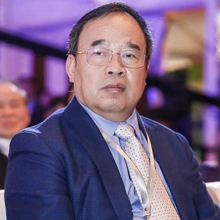

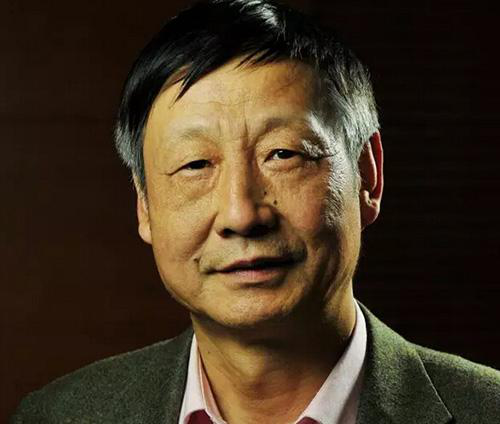
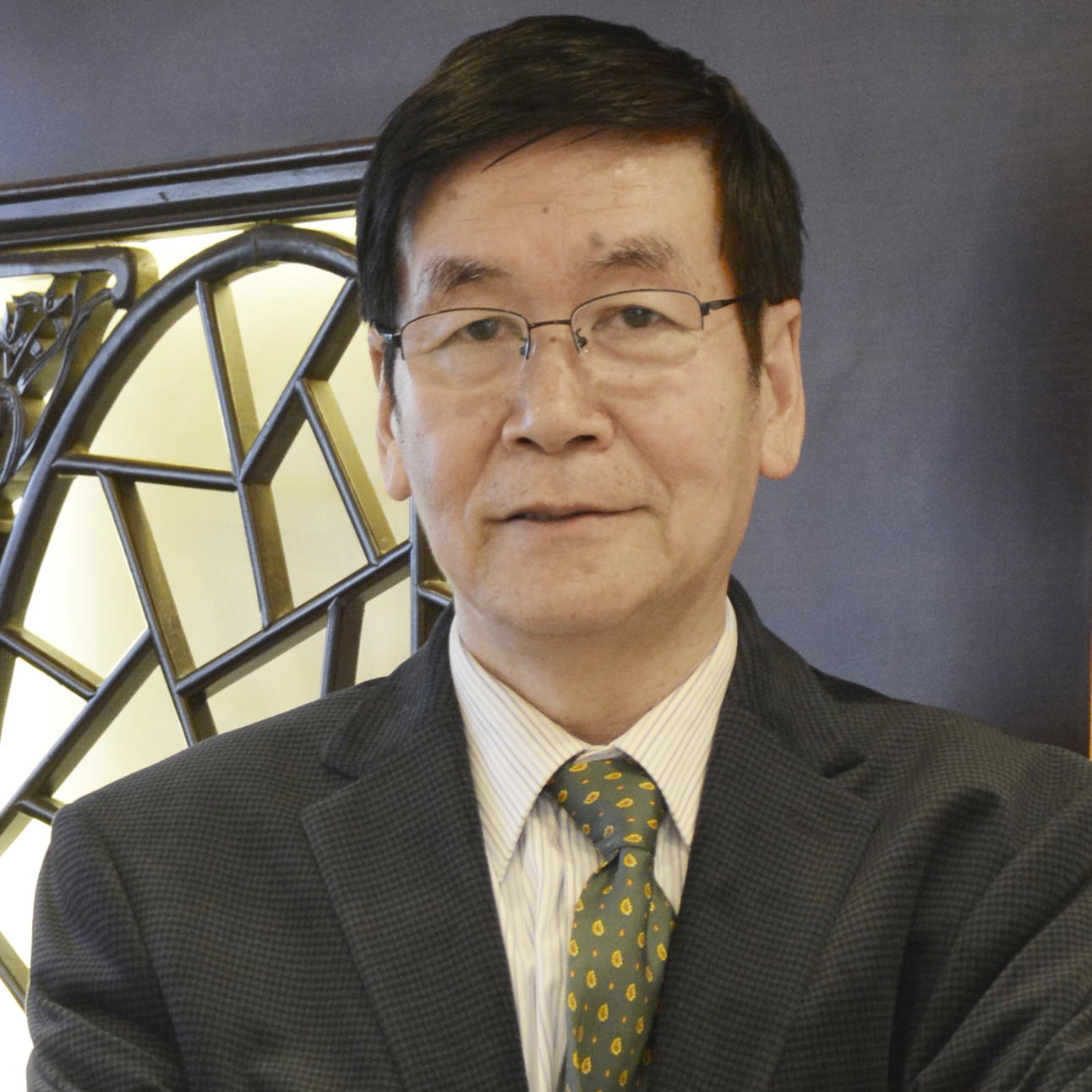



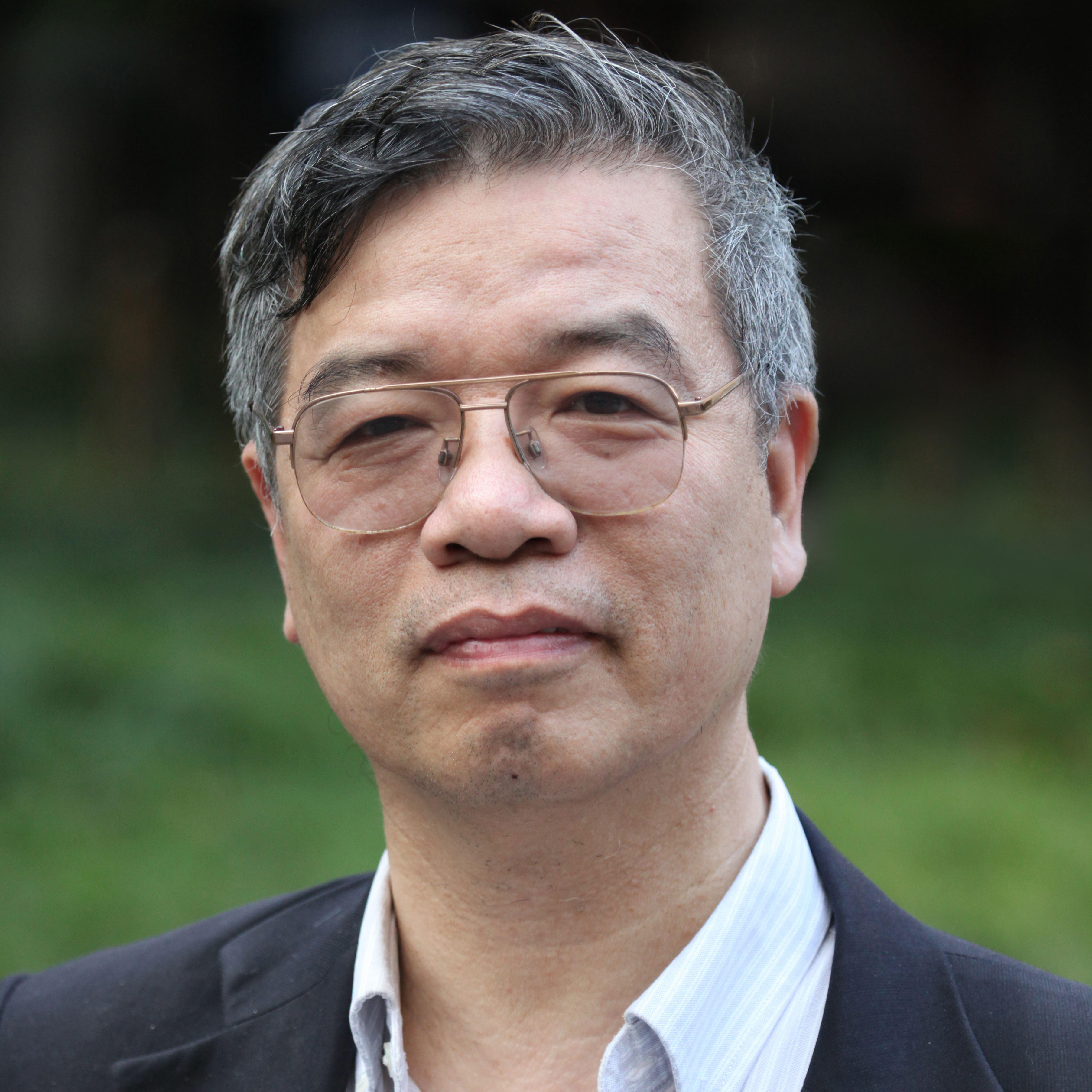

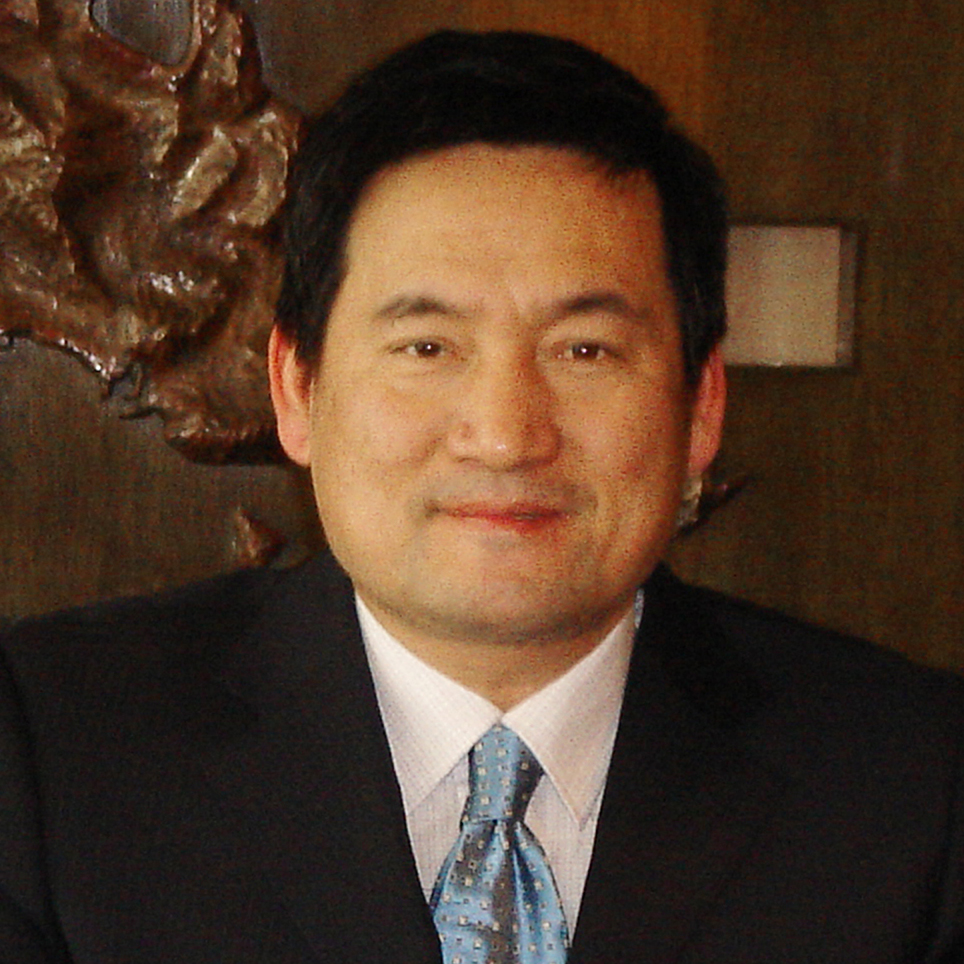








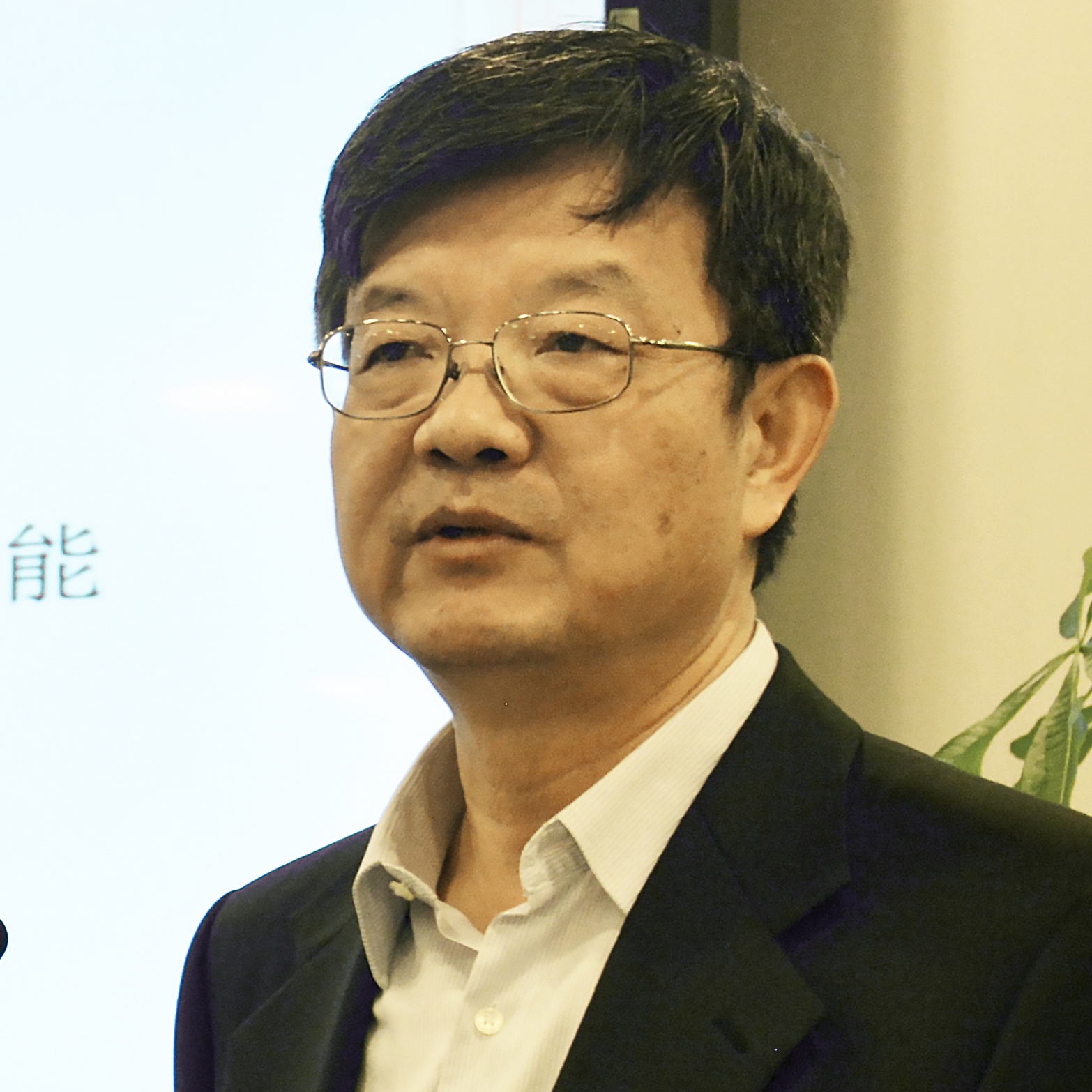



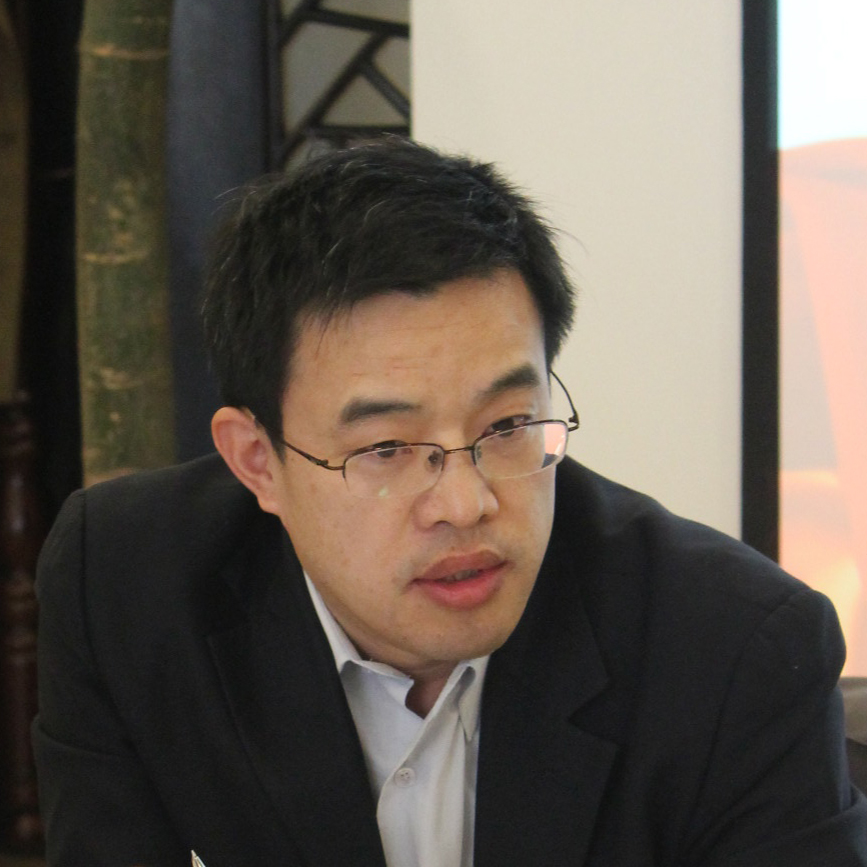
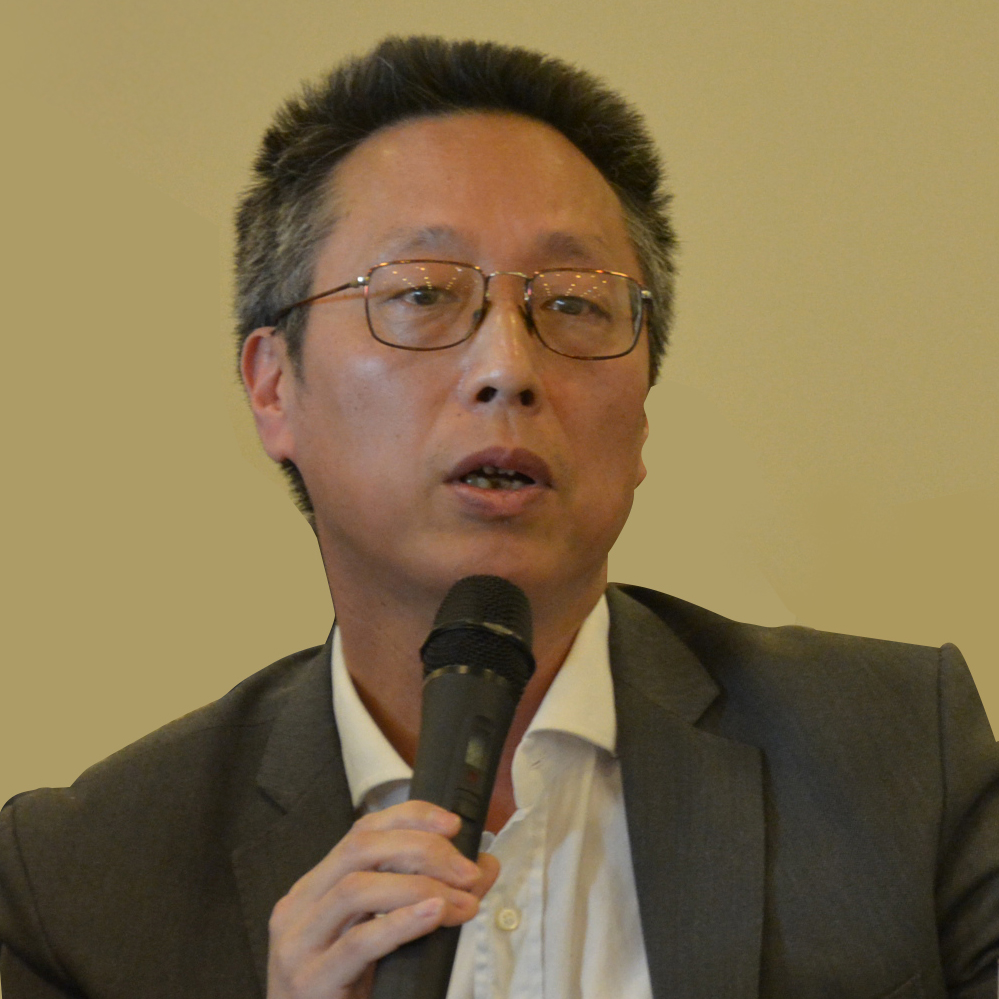
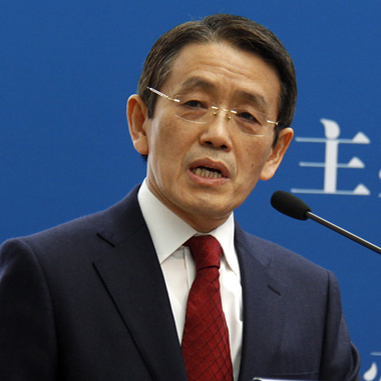

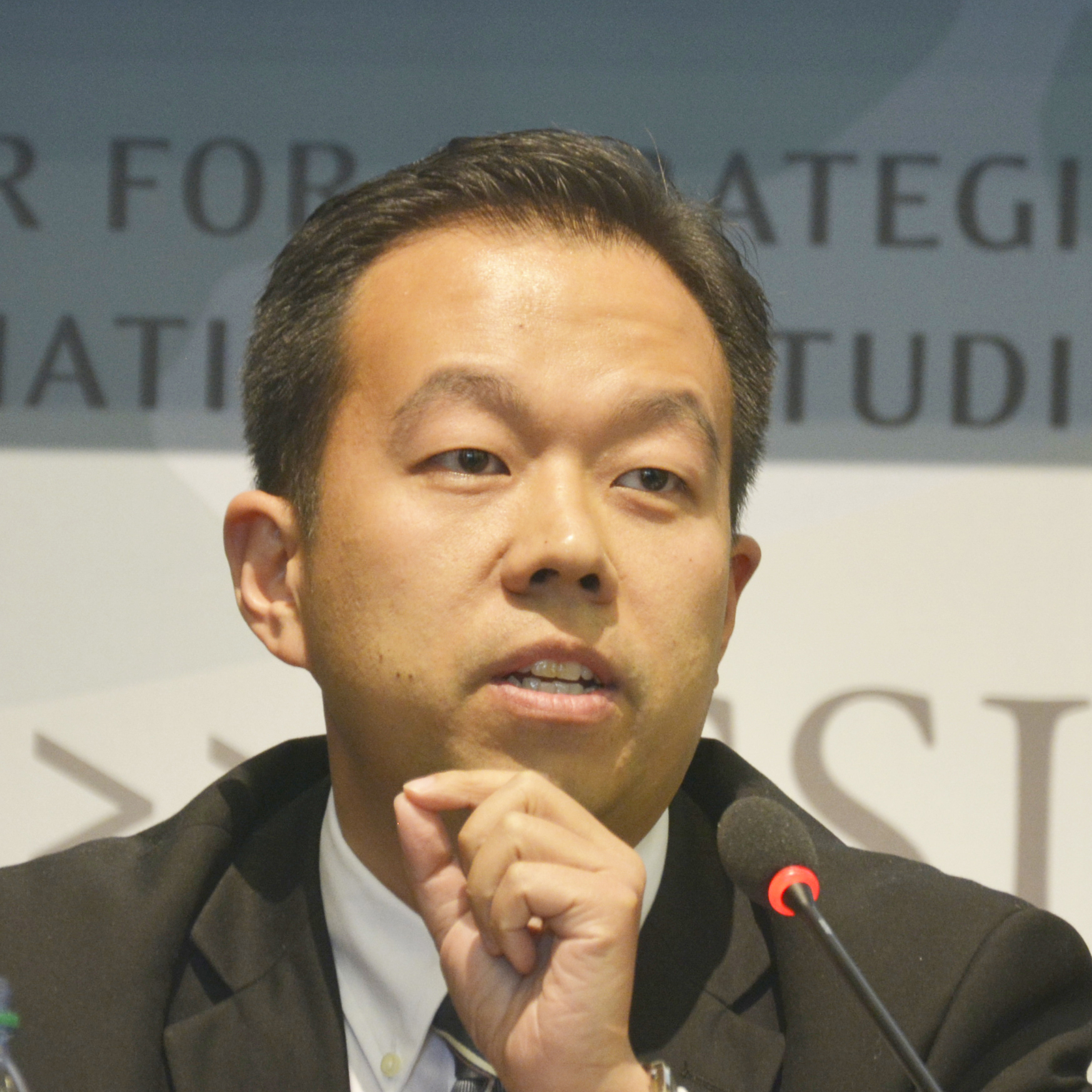










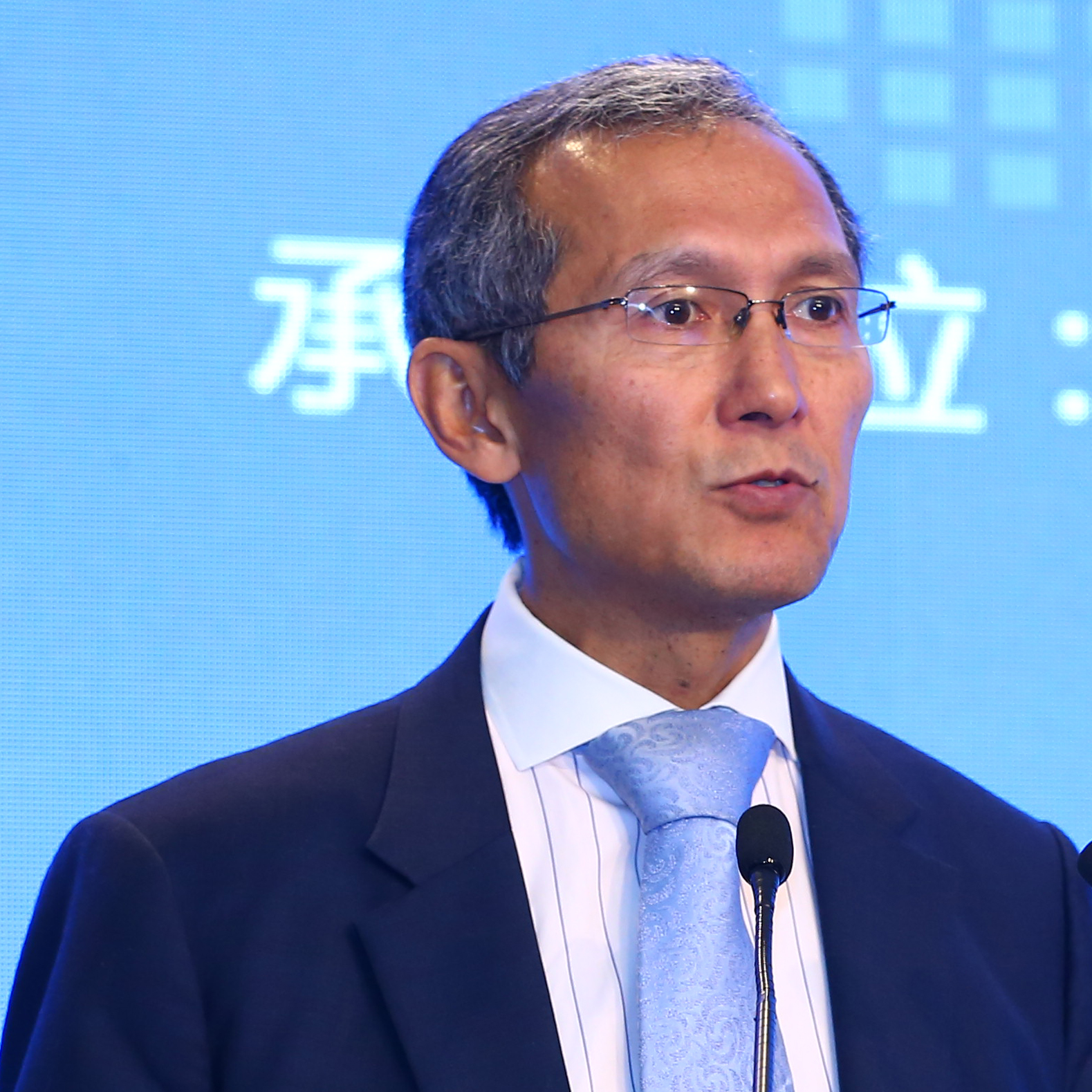






















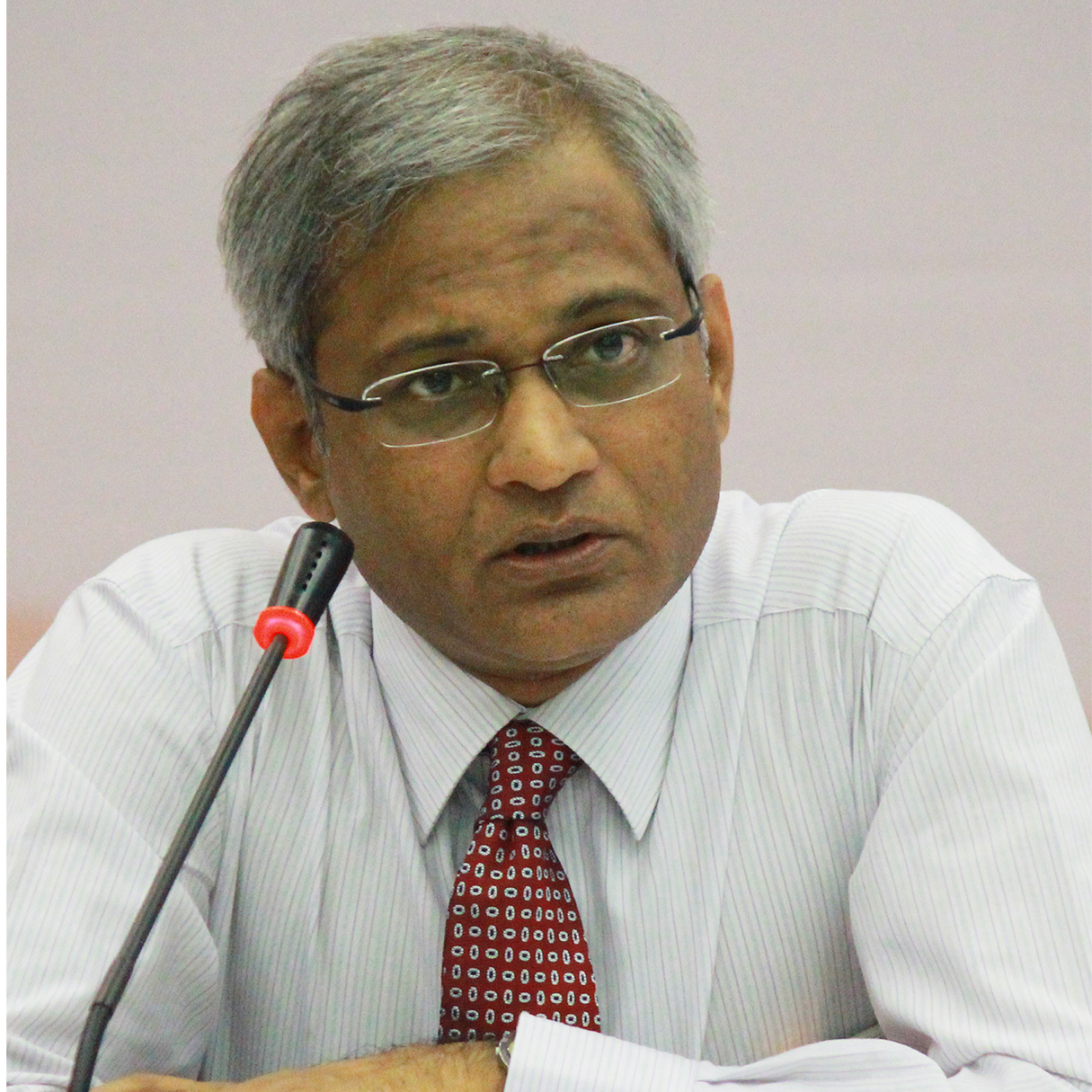
















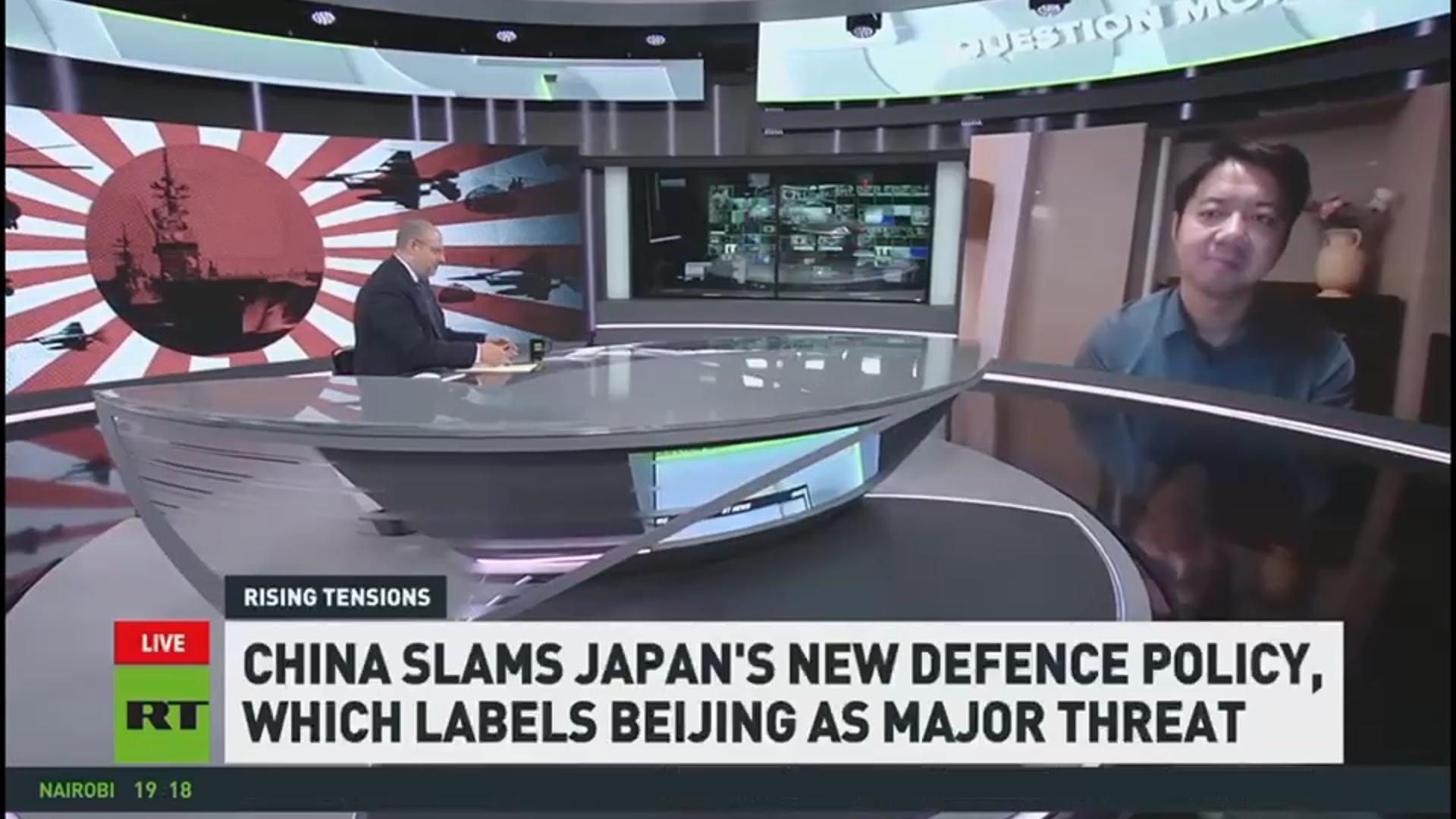
 京公网安备 11010802037854号
京公网安备 11010802037854号





